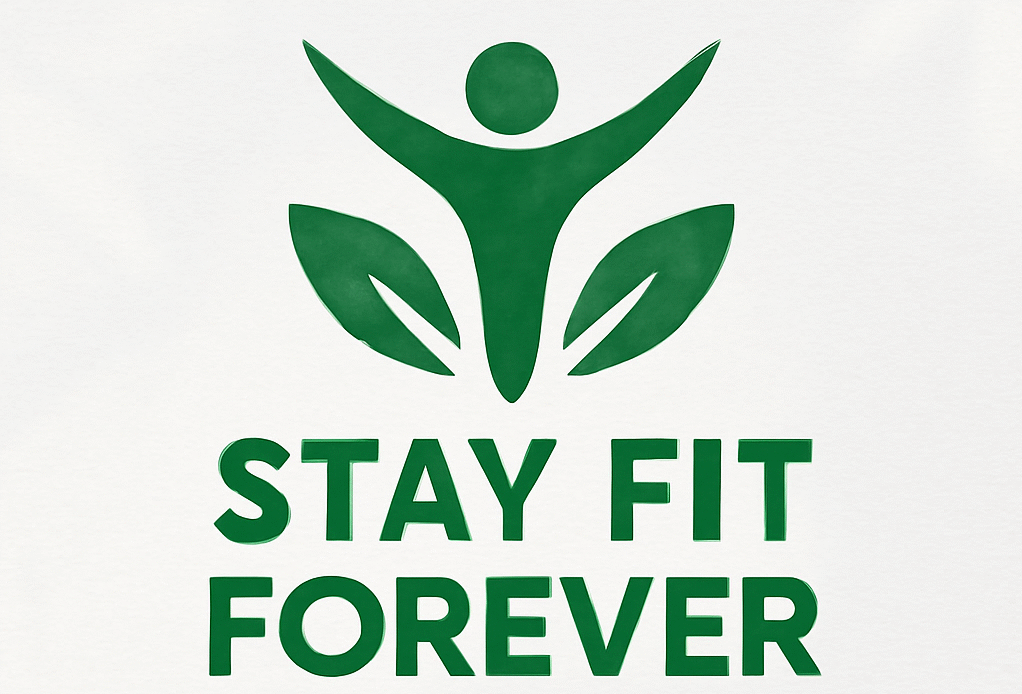1. Recognizing the Signs and Symptoms of Anxiety
- Physical Symptoms of Anxiety:
- Increased heart rate, sweating, shortness of breath.
- Muscle tension and headaches.
- Digestive issues like nausea or an upset stomach.
- Emotional and Cognitive Symptoms:
- Constant worry, racing thoughts, or negative thinking.
- Difficulty concentrating, feeling overwhelmed, or helpless.
- Restlessness, irritability, and mood swings.
- Behavioral Signs:
- Avoidance behaviors, such as avoiding situations or people.
- Social withdrawal and increased use of substances like alcohol or caffeine.
- Procrastination or lack of motivation to take action.
- Recognizing When Anxiety Becomes Problematic:
Explain when anxiety crosses over into a problem that needs to be addressed and the difference between normal anxiety and an anxiety disorder.
2. Immediate Strategies to Reduce Anxiety in the Moment
- Deep Breathing Exercises:
- Teach the 4-7-8 breathing technique to calm the nervous system.
- The science behind deep breathing and its effect on the parasympathetic nervous system.
- Mindfulness and Grounding Techniques:
- Explain grounding exercises, such as the 5-4-3-2-1 technique (sensing your environment through five senses) to bring focus to the present.
- Mindfulness meditation and its proven benefits in reducing anxiety.
- Progressive Muscle Relaxation (PMR):
- Step-by-step guide to PMR, focusing on tensing and relaxing muscle groups to reduce physical tension.
- Visualization Techniques:
- Lead the reader through a calming visualization exercise, imagining a peaceful scene to induce relaxation.
- Discuss the science of how mental imagery can lower anxiety levels.
- Journaling to Release Thoughts:
- Introduce journaling as a form of cognitive offloading. Discuss how writing down anxious thoughts can help the brain process and release tension.
3. Long-Term Solutions to Manage Stress During Stressful Times
- Developing Healthy Habits:
- Regular Exercise: Discuss how exercise can naturally lower anxiety levels by releasing endorphins and reducing the impact of stress hormones like cortisol.
- Balanced Diet: Explain how a nutritious diet can help manage anxiety by maintaining blood sugar levels and supporting overall brain health.
- Sleep Hygiene: Emphasize the importance of quality sleep in regulating mood and reducing anxiety. Include tips on establishing a sleep routine, limiting screen time, and creating a calming pre-bedtime ritual.
- Cognitive Behavioral Therapy (CBT):
- Introduce CBT as a long-term solution to manage anxiety. Explain how CBT helps identify and change negative thought patterns that contribute to anxiety.
- Provide a simple example of a CBT technique, such as challenging irrational fears or reframing negative thoughts.
- Building Resilience through Emotional Regulation:
- Emotional Awareness: Explain how acknowledging emotions and allowing oneself to feel them is crucial to managing anxiety.
- Healthy Emotional Expression: Discuss ways to express emotions healthily, such as talking to a friend, writing, or engaging in creative outlets like art or music.
- Time Management and Reducing Overwhelm:
- Suggest how managing time effectively can reduce the feeling of being overwhelmed. Offer tips such as breaking tasks into smaller steps, prioritizing daily tasks, and taking regular breaks.
4. Building a Support System to Manage Anxiety
- The Importance of Social Support:
Discuss how maintaining strong relationships can help buffer against anxiety. Explain the importance of surrounding oneself with positive, understanding people. - How to Reach Out for Help:
- Provide actionable advice on how to reach out to friends or family members when anxiety becomes overwhelming.
- Discuss the importance of being vulnerable and letting others know how they can support you.
- Therapy and Professional Help:
- Explain the role of therapy in managing anxiety, particularly Cognitive Behavioral Therapy (CBT) and exposure therapy.
- Discuss the different types of mental health professionals available, including therapists, counselors, and psychiatrists.
- Provide resources on how to find mental health support.
- Support Groups and Online Communities:
- Highlight the benefits of joining support groups, whether in person or online, where people with similar experiences can provide empathy and advice.
- Mention online platforms, forums, or mental health apps where individuals can engage with a supportive community.
5. The Role of Lifestyle and Stress Management Techniques
- Adopting a Relaxing Daily Routine:
- Explain how integrating relaxation practices into daily life can significantly reduce overall anxiety levels.
- Discuss the power of consistency in self-care rituals like yoga, stretching, or simply taking time for oneself each day.
- Meditation Practices for Calmness and Clarity:
- Provide an in-depth guide on starting a meditation practice, including different methods (e.g., guided meditation, loving-kindness meditation).
- Discuss the long-term effects of meditation on anxiety reduction, supported by research.
- Practicing Gratitude for Mental Well-being:
- Explain the power of a gratitude practice, and provide steps on how to incorporate it into one’s daily life, such as keeping a gratitude journal.
- Discuss studies that show how focusing on gratitude can shift the brain’s focus from anxiety to positive thoughts.
- Nature and Outdoor Activities:
- Emphasize the benefits of spending time in nature, whether through walks, hikes, or outdoor sports, as a powerful anxiety management tool.
- Cite studies on the psychological and physiological benefits of nature exposure.
- Creating a Calming Environment:
- Offer tips on making the home or workspace a calming place to reduce stress, such as decluttering, adding plants, or incorporating soothing colors like blue and green.
Conclusion: Empowering Yourself to Cope with Anxiety
- Summary of Key Points:
Briefly summarize the strategies discussed throughout the article, reinforcing that managing anxiety requires a combination of immediate techniques and long-term lifestyle changes. - Encouragement to Take Action:
Offer encouragement to the reader to take small, manageable steps towards reducing anxiety. Remind them that healing takes time, and it’s okay to seek support from others. - Final Words of Hope:
End on an uplifting note, reassuring readers that managing anxiety is possible and that taking proactive steps towards mental well-being is a powerful tool for navigating stressful times.



